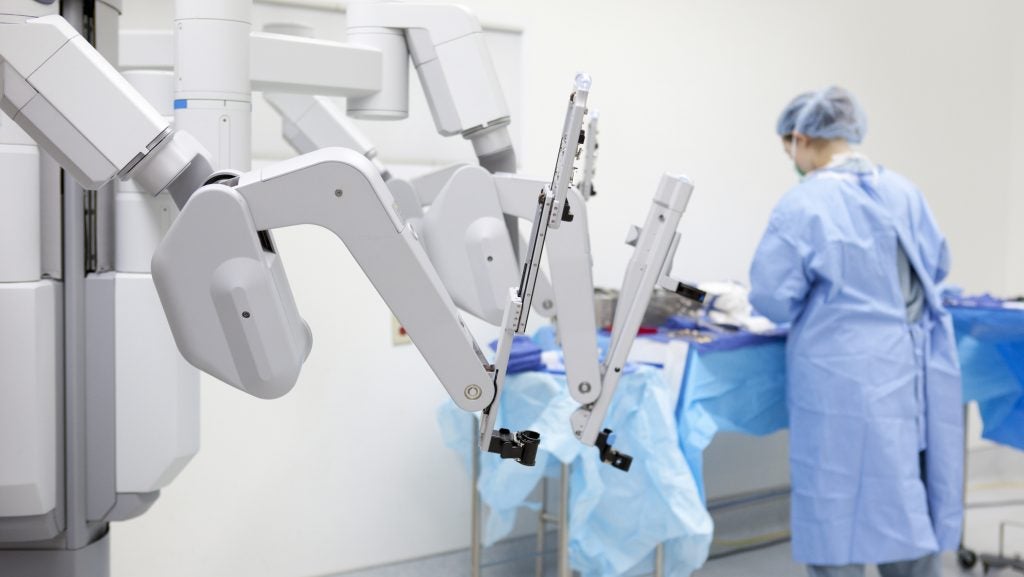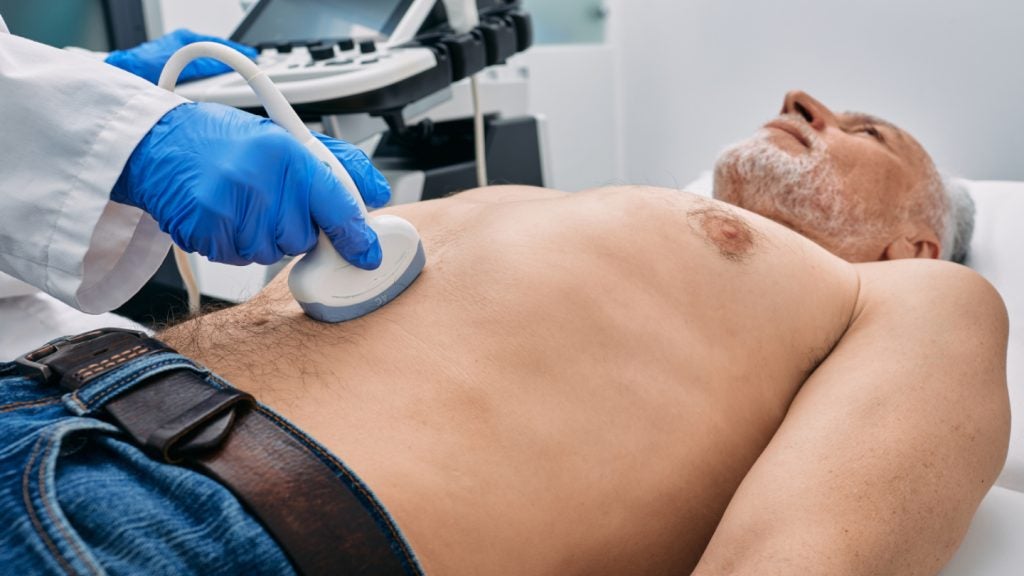The combination of telehealth, AI, and surgical innovation has advanced significantly. Remote surgical assistance can reduce human effort, improve patient outcomes, and reduce hospital stays. Additionally, remote surgical assistance can help address challenges such as physician shortages and improve healthcare delivery in underserved areas.
Telehealth, which involves connecting patients and doctors through easy-to-use software on smartphones or computers, has greatly increased patient engagement during the pandemic. AI and remote patient monitoring can increase the chances of detecting diseases or conditions early with real-time monitoring through wearables, pattern recognition, and predictive analysis. AI algorithms can analyse large amounts of patient data collected via remote patient monitoring devices and detect trends or issues. AI-powered robots can enable surgeons to perform surgical procedures in a different location from the patient, allowing for remote surgical assistance. Surgeons can operate remotely and directly on patients in remote clinics, completing previously difficult operations. This technology can help provide healthcare services to patients anywhere in the world.
The strategic move to revolutionise remote surgical assistance is represented by Medtronic's recent addition of live streaming capabilities to its Touch Surgery Ecosystem (TSE) and the extension of AI analytics within the Touch Surgery Performance Insights (TSPI) platform. It seeks to remove geographical obstacles, simplify surgical operations, and enhance post-procedural analysis with AI-driven insights. It also aspires to enable real-time observation of surgical procedures and improve patient outcomes. This multidisciplinary strategy not only tackles staffing shortages by boosting training opportunities and making surgeries less invasive and more efficient, but it also empowers surgeons and trainees with expanded educational possibilities.
Live streaming and AI-driven analytics are two developments that have the potential to revolutionise remote surgical assistance as the healthcare environment continues to change, ultimately benefiting patients, surgeons, and healthcare systems alike.















